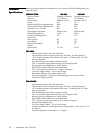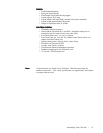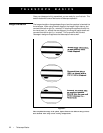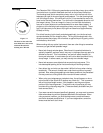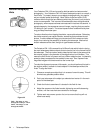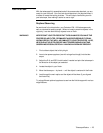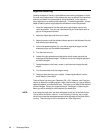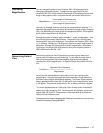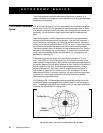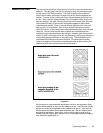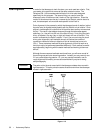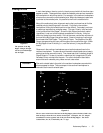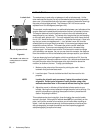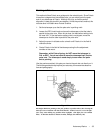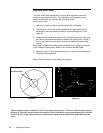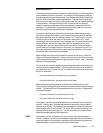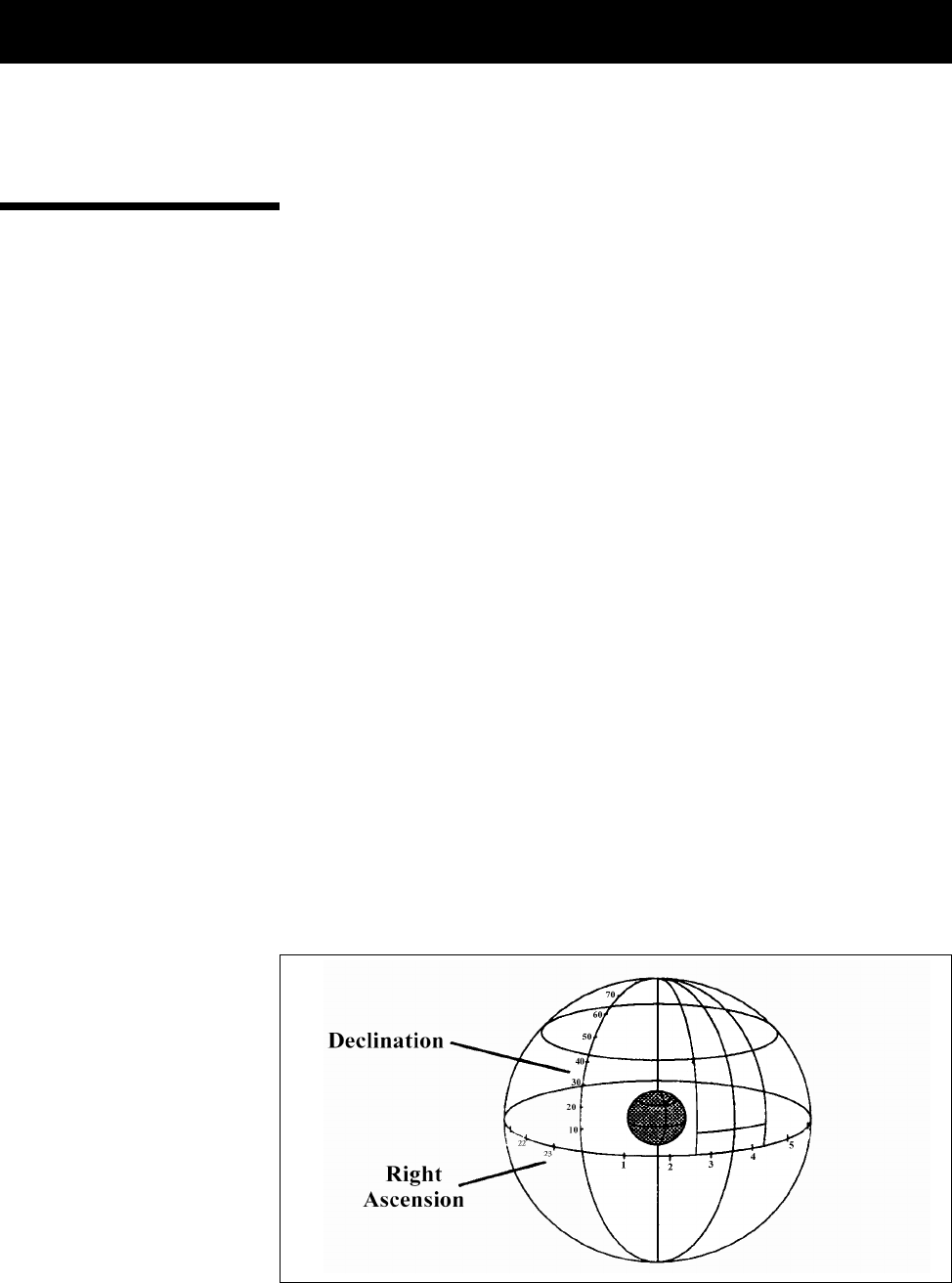
28 • Astronomy Basics
ASTRONOMY BASICS
The following section deals with observational astronomy in general. It in-
cludes information on the night sky, polar alignment, and using your telescope
for astronomical observing.
In order to help find objects in the sky, astronomers use a celestial coordinate
system which is similar to our geographical coordinate system here on Earth.
The celestial coordinate system has poles, lines of longitude and latitude, and
an equator. For the most part, these remain fixed against the background
stars.
The celestial equator runs 360 degrees around the Earth and separates the
northern celestial hemisphere from the southern. Like the Earth’s equator, it
bears a reading of zero degrees. On Earth this would be latitude. However, in
the sky this is referred to as declination, or DEC for short. Lines of declination
are named for their angular distance above and below the celestial equator.
The lines are broken down into degrees, minutes and seconds of arc. Declina-
tions south of the equator carry a minus sign (-) in front of the coordinate and
those north of the celestial equator are either blank (i.e., no designation) or
preceded by a plus sign (+).
The celestial equivalent of longitude is called Right Ascension, or R.A. for
short. Like the Earth’s lines of longitude, they run from pole to pole and are
evenly spaced 15 degrees apart. Although the longitude lines are separated by
an angular distance, they are also a measure of time. Each line of longitude is
one hour apart from the next. Since the Earth rotates once every 24 hours,
there are 24 lines total. As a result, the R.A. coordinates are marked off in
units of time. It begins with an arbitrary point in the constellation of Pisces
designated as 0 hours, 0 minutes, 0 seconds. All other points are designated
by how far (i.e., how long) they lag behind this coordinate after it passes
overhead moving towards the west.
Your Celestron CM-1100 telescope comes equipped with setting circles that
translate the celestial coordinates into a precise location for the telescope to
point. The setting circles will not work properly until you have polar aligned the
telescope and aligned the R.A. setting circle.
The Celestial Coordinate
System
Figure 4-1
The celestial sphere seen from the outside showing R.A. and DEC.



